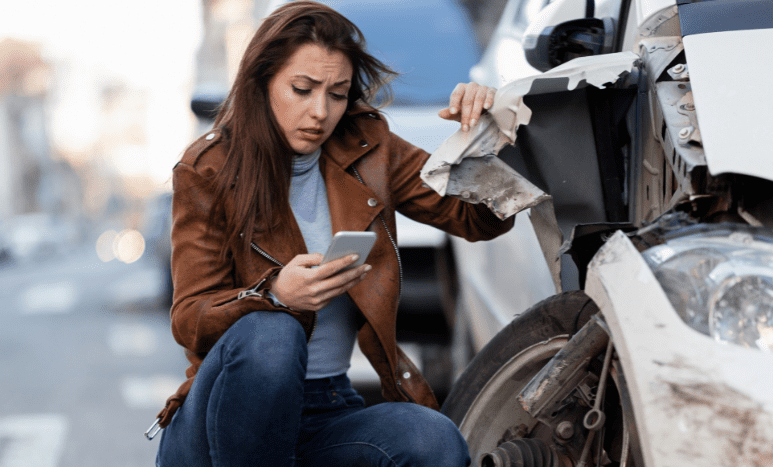A hit-and-run scenario typically means the driver who hit you will not report to the authorities or shoulder the responsibility of paying for your repairs, especially if they are uninsured. This means you have to do the best you can to help the police track them down as well as to provide your insurance company with the pertinent details required to process your claim.
Here are the things you should do if you should ever find yourself being hit by a hit-and-run driver:
1. Stay calm and stay where you are (or stay close to the scene).
Anger is a common reaction if you’re involved in a hit-and-run where you’re the one hit and the other driver is “running.” However, don’t pursue the fleeing driver yourself. Instead, stay put and stay calm—calm enough to have the presence of mind to take a picture of the car that hit you, preferably one that shows the license plate number.
If the accident happened in the middle of the road, see if you can drive your car to a safe spot close by.
2. Check yourself and your passengers.
Before anything else, make sure that you’re fine. If you have passengers, make sure no one is hurt. You should be able to deal with any minor cuts and bruises with your first aid kit, although you will still be checked by responders as part of procedure.
3. Call 911.
Call 911 immediately, even if no one is hurt, so the police can start investigating your case. After the officer on the scene writes a report, ask for a copy. Your insurance company may require a police report as part of your claim.
4. Write down everything you remember and take photos.
While things are still fresh in your mind, write down everything you remember:
- License plate number
- Make, model, and color of the other vehicle
- Which direction the other vehicle was headed
- What was going on before the accident that may have caused it
- How the driver looks
Take pictures of the damage on your vehicle as well. These, together with your notes, can help the police find the driver of the other vehicle. In most states, any driver who leaves the scene of an accident, even if they are not at fault is in violation of the law. Depending on the circumstances the act could be considered a misdemeanor or even a felony.
Your insurance company will also want to see photos of the damage to your car. In addition, the photos will be useful when you request for repair estimates.
5. See if there are any eyewitnesses.
Eyewitnesses are especially helpful if you weren’t able to get as much information that the authorities would need. They can give an account of the crash and may have even taken a few pictures of their own or, better yet, recorded what happened immediately after the crash. Be sure to get their contact details.
6. File a claim.
Be sure to file a claim, supported by all pertinent documentation (e.g., police report, photos of the damage to your car and of the other vehicle (if you managed to secure them).
So who’s paying?
Most states, like Arizona, require drivers to have liability insurance to cover damages that they cause to other people in an accident. However, if the driver who hit you flees the scene or is uninsured, you may have to pay for the damages to your own car—that is, with the help of your auto insurance policy. Depending on your policy, coverage may include the cost of car repairs, transportation, medical bills, and other expenses involved in the incident.
For non-accident-related repairs and maintenance work, get great savings with an EverCare vehicle service contract if your manufacturer’s warranty is running out.

